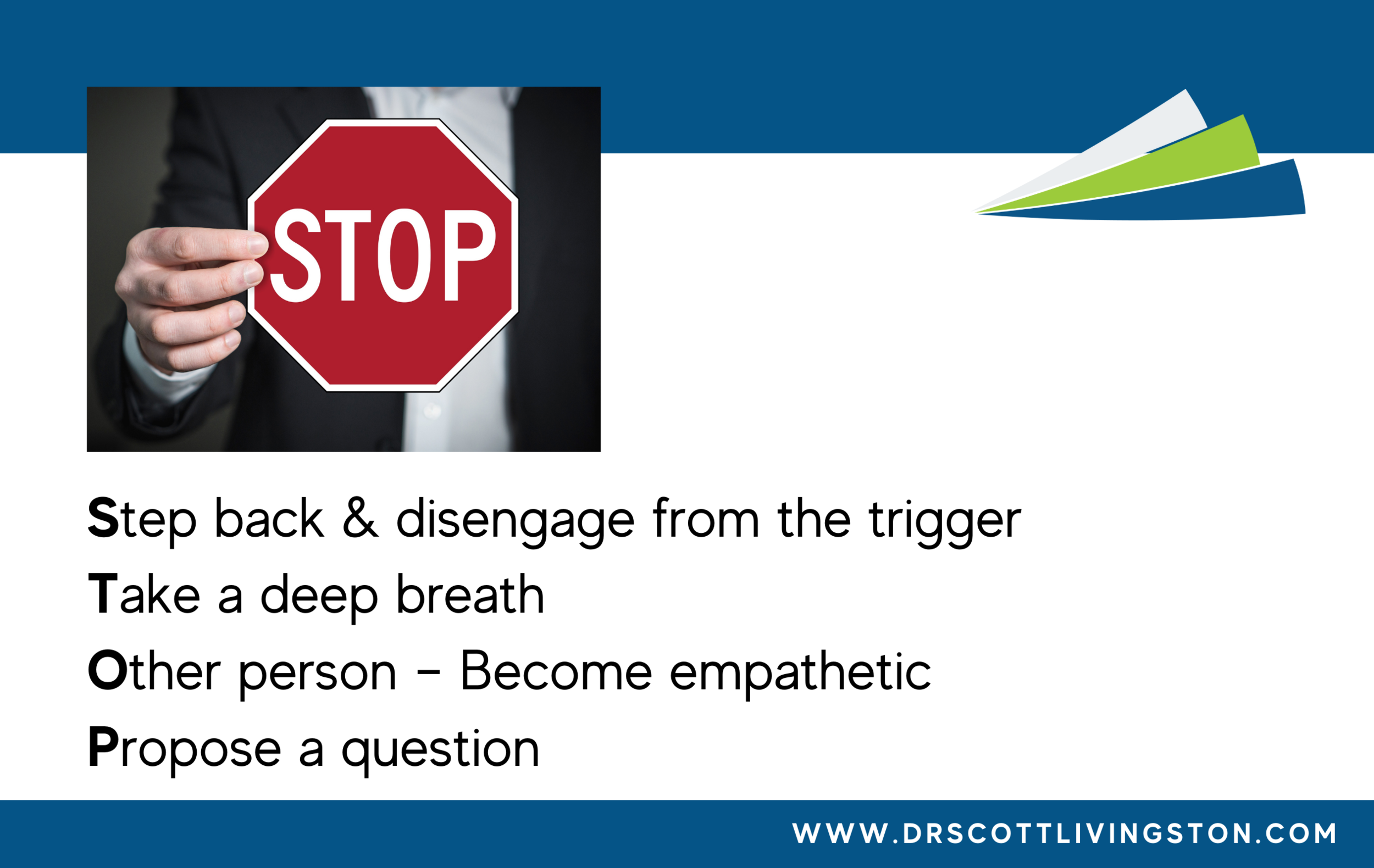Data on Freaking Out
I just saw a study that shows this phenomenon of “freaking out” and the impact it can have. Researchers at the Massachusetts Institute of Technology (MIT) examined 650,000 investment accounts representing about 300,000 households in 2015. Here are a couple of the interesting findings:
They counted 36,3774 panic sales by 25,852 household investors (9% of all households), across a period of 13 years between January 2003 and December 2015.
Of households with at least one panic-selling event, 21,706 of them did so once within our sample period, while 3,081 did so twice.
The researchers also looked into whether people who freaked out ever came back into the market: 60% came back in 5 months, 10% more came back in 10 months, and 30% never returned to the market at all.
This blog post is not in any way intended to give financial advice. But it is interesting that people who saw the stock market as a good place to get a return on their investment, panicked, lost a significant amount, and then a third of them never returned. The other side note is that those who did return paid more to get back in than if they had just ridden the downturn out.
Freaking Out
This is what caused them to make bad decisions. When fear and panic set in, we as humans can lose our logical, rational minds. We can do things that if the fear was not present, we would not normally do. No one puts money in the stock market with the intention to lose it. Rational people put money in the market so they will have more at the end of a certain period than less. And yet in our financial lives, and many other places as well, we become subject to fear and make these decisions.
Here is a link to the study I mentioned if you are interested in reading it for yourself: When Do Investors Freak Out.
In the emotional intelligence world, we call this ability to remain calm, “Impulse Control”. This is the idea that as leaders we can stay rational in part by having the ability to delay gratification.
Here is how I imagine this is happening to those folks who called into the financial podcast show above. While I do not know the actual details for these people, I have seen it enough to be able to fill in the blanks of the story.
These folks woke up one morning with let's say $500,000 in a stock market account of some kind. They turn on CNBC and see that the market is down and the talking heads are adding fuel to the fire with mentions of recessions, inverted yield curves, and cryptocurrency. None of which these folks know anything about - they just put some money in the market and for a couple of years when they woke up they had more than they did the day before. Their feeling was that they were on their way to “easy street”.
Then all of a sudden, out of nowhere, their investment is down. The natural reaction is, “Oh no we must protect what we have left! What if we lose it all?” In the midst of this crisis, they forget to take the toast out of the toaster and to add fuel to the fire, now their breakfast is ruined.
Their pride starts to get in the way, after all, it was their idea to put the money in the stock market, to begin with. And of course, they took all the credit for the great decisions being made as the market went up. Now they are looking a bit foolish. Their significant other, who is probably equally feeling foolish for supporting their partner’s arrogance and not working very hard to understand what they were doing, says something like, “Maybe we should call someone?” The other partner barks, “no, what we need to do is sell to prevent our losses.”
And there it is. The instant gratification. If we do something right now, it will feel better.
And when the frenzy is over and they have sold everything, they now have $300,000. Whew! At least they didn’t lose it all. No, but they did lose two years of investing. And when the market rebounded just a few days later, moving to some all-time highs, these folks sat on the sidelines and did not participate in any of the gains.
Again, I am NOT a financial advisor. I am not intending to tell you in any way what to do with your money or how to use the stock market.
I am just very interested in the decisions people make and if their ability to control their impulses can help them make better decisions. Let's take a deeper look at this idea of impulse control and how we can have more control over our decision-making.
Emotional Intelligence and Impulse Control
In the study of emotional intelligence, we call this freaking out - panic or a lack of impulse control.
It all starts with a set of circumstances or expectations we see as normal (the stock market always going up) and a triggering event that challenges our expectations (the stock market going down fast). Then fear creeps in and starts to make us very concerned about our own safety at the moment (we are going to have to live on poor street instead of easy street). That feeling we get says to us “protect yourself at all cost”. This is the point where if there has not been an intervention, we start to make decisions we likely will regret later.
When stresses in our lives build up to such a point, any additional stress can trigger a reaction. This is known as the tipping point or what Dr. Henry Thompson in his book, The Stress Effect, calls the “crazy threshold”. Each time a stressor is encountered, it adds to the overall stress level. Each time a stressor is encountered, it adds to the overall stress amount. As stress mounts, this “crazy threshold” is approached. If something is not done to intervene, and the “crazy threshold” is exceeded, then our thinking mind starts to shut down and we can become almost a completely different person.
The question is, do we have a choice in terms of how we react, or do we just follow our emotions and justify it as authenticity?
One of the best analogies for impulse control I have heard is that of a gate. Imagine that your ability to control your impulses is a little gate. On one side of the gate are your emotions. Your ability to control your emotions is this gate and on the other side of the gate is your behavior.
All of your feelings and emotions get stacked up on one side of the gate. Your Impulse Gate puts them on hold; you are aware of your feelings but you don’t always act on them. The Impulse Gate allows you to keep the big picture in mind, your goals, your dreams, and your desires. In the context of social functioning, we can not just act on every feeling we have. The need to be able to contextualize it and to get feedback on it is critical prior to action.
So can your Impulse Gate be faulty? Sure it can. All of our gates can at times be faulty. Here are three very common things that can cause your Impulse Gate to get stuck in these open positions.
Stress Levels
The more stress we have on us, the more our Impulse Gates can get stuck in the open position and how we are feeling in the moment can come pouring out. This is likely nothing new to you and the reason I write so much on self-care, some blog posts, for example:
The lower your stress levels, the less likely your Impulse Gate is going to get stuck in the open position. As a leader, you can not always be in the “on position”. You have to replenish yourself physically, intellectually, emotionally, and spiritually.
Emotional Flexibility
In addition to stress, the more of a fixed mindset we have in our belief structures about how we should feel in certain situations, the more our Impulse Gates will get stuck in the open position. Being able to push the pause button before acting is key.
Let me give an example. When I am driving in heavy traffic I have a very defensive mindset. I am on constant alert for other drivers doing things I am not expecting. One day I was running late for a very important client meeting. When I left my hotel I had 10 minutes to get to my appointment and about a 9-minute drive time estimated. I got to the intersection to turn right and merge into traffic. It was a heavy traffic time, and this feeling of panic came over me, so I did something I would not otherwise have done, I pulled out in front of someone to join the flow of traffic. Not smart. Not my best moment. But the point is, when someone else is in traffic and cuts me off, why do I have such a fixed mindset on how horrible a person they are? My Impulse Gate is stuck in the open position. A little more emotional flexibility can help me contextualize the situation and perhaps show some grace to other drivers.
Assertiveness
Our level of how we assert ourselves also needs to be in balance with our Impulse Gate. As I write this post, I am waiting on a call back from a doctor. My wife has had some pain, and I called at 8 am this morning, it is now 10:30 am and I am feeling like I want to call the office and tear someone's head off. If my Impulse Gate is stuck in the open position, then anytime I feel put down or disrespected then it is an excuse for me to assert myself without thinking about the consequences of my actions or about the other person. Will I call the doctor back soon? You bet I will, but it will not be without thought and it will be with a measured level of assertiveness.
This Impulse Gate can work both ways when it comes to assertiveness. Some leaders out there when the Impulse Gate is stuck open, actually become less assertive. The problem with this is that if our Impulse Control is stronger than our assertiveness, we are at risk of becoming passively aggressive. We pretend something isn’t an issue, but it really is. We say it is not a big deal but it really is. We can even work behind the scenes to sabotage a person or a situation.
In Conclusion
We all have situations that cause us to be tempted to freak out. Impulse Control or this idea of the Impulse Gate is meant for you to be intentional with your emotions. If something happens to you and you feel like you need to freak out, you have thought about it, you are intentional with it, and you feel like it serves you at the moment, then I guess you can go ahead and freak out. Most of the time though, when this happens, some kind of apology usually comes soon after, or if the apology never happens, then anxiety or guilt can start to take residence.
Most of the time, I would argue, that if you can step back from the situation and think about the emotion, you might choose a different action. I am not saying to never walk through the Impulse Gate and into action. What I am asking you to consider is walking through a different gate other than Impulse. Perhaps alongside your Impulse Gate, you picture a “rational gate”. Or a “long-term outcome gate”.
By all means, do NOT just suppress the emotion and keep it in. Make sure it is the right emotion for the right context, you are not stressed, you have some flexibility in how you might feel, and your level of assertiveness matches the situation.
























